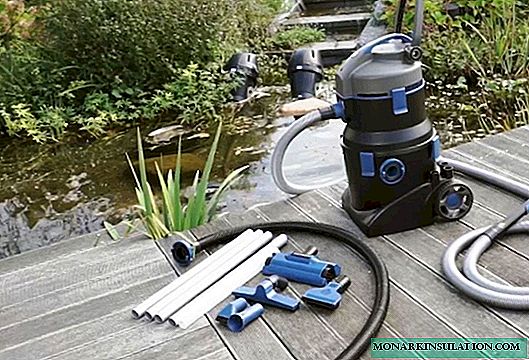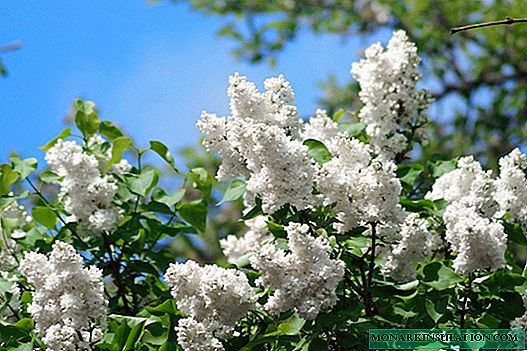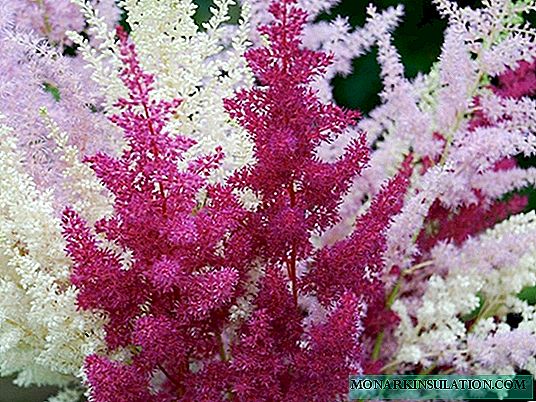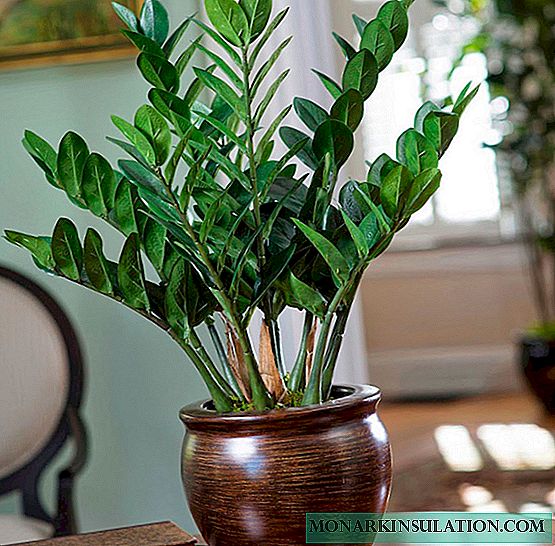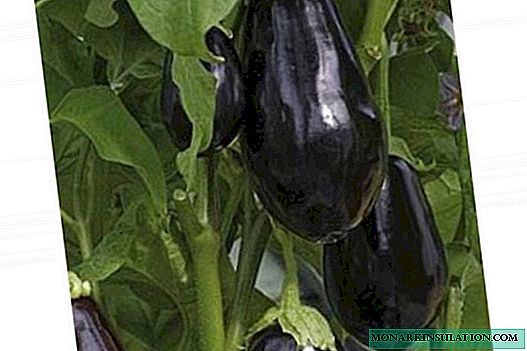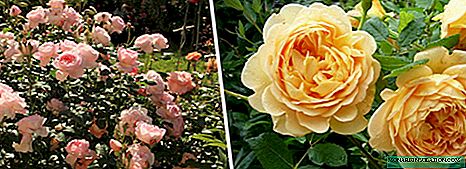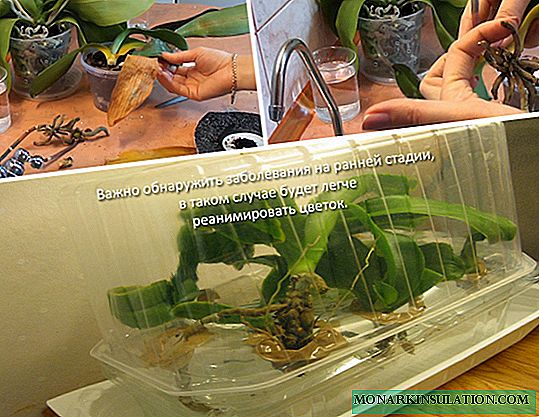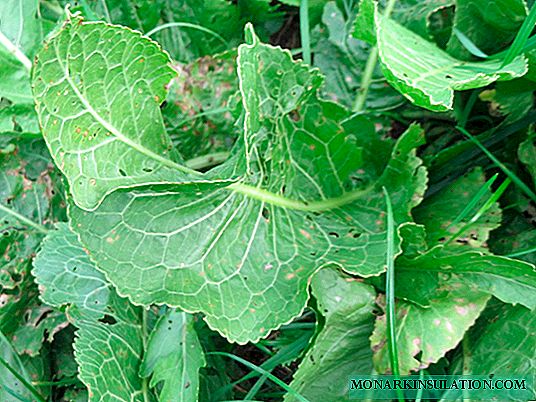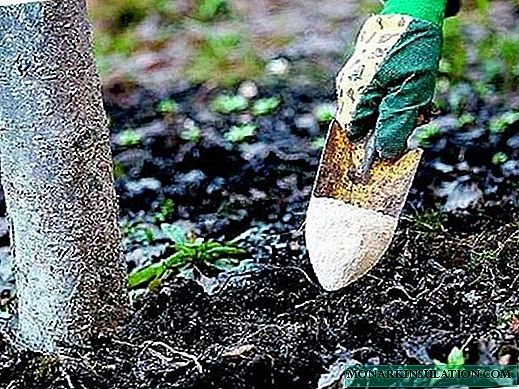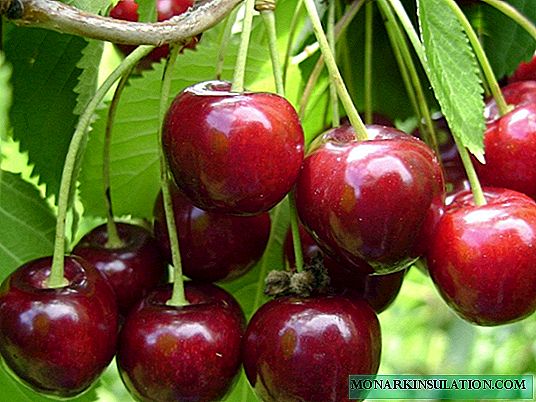
The fast-growing and high-yielding variety of cherries Lyubskaya has been known to gardeners for a long time and is still popular. Despite the sour taste of bright red berries and susceptibility to certain diseases, this stone fruit culture can be found on almost any garden plot, since Lyubskaya has numerous advantages.
A Brief History and Description of Lyubskaya Cherries
Cherries of the Lyubskaya variety grew on personal plots and in orchards as early as the 19th century. The first official mention of it dates back to 1892. During his trip to the Korochansky district of the Kursk province, gardener scientist Kichunov Nikolai Ivanovich, examining the Korochansky gardens that were famous at that time, including the Lyubskaya cherry.
In 1947, the variety was listed in the State Register of Breeding Achievements of the Russian Federation. Lyubskaya can be grown in the Northwest, Central, Central Black Earth, North Caucasus, Middle Volga and Lower Volga regions.
This stunted tree reaches only 2-2.5 m in height, which is one of the advantages: it is convenient to harvest. Crohn's crown - a large diameter exceeding the height. Branches from the trunk grow at an angle of about 45 °. Cracked bark.

Cherries of the Lyubskaya variety grow no higher than 2-2.5 m
Lyubskaya Cherry is hasty: the first harvest can be expected already in the 2-3rd year. By the fifth year, it reaches 5-6 kg, at a more mature age, you can get up to 25 kg. In some cases, a crop of up to 50 kg was noted. The period of active fruiting is 15-20 years.
The berries ripen late enough - at the end of July and even in August, but in unison. After ripening, they can hang on a tree for 2-3 weeks without losing quality, on the contrary, pouring more juice and increasing sugar content. The size of the berries is medium - 4-5 g, the color is dark, the skin is smooth, shiny, thin, but strong. The bones are small, weighing 6-8% by weight of the berries, are easily separated. The taste is sour, and sweet and sour in cherries growing closer to the south.

Berries of the Lyubskaya variety - dark red, with smooth, shiny skin
This self-fertile variety bears fruit well without additional pollinators. But the number of ovaries, and hence the yield, will increase significantly if cherries of the following varieties grow nearby:
- Anadolskaya
- Kharitonovskaya
- Fertile Michurina,
- Early shpanka
- Vladimirskaya
- Zhukovskaya.
Advantages and disadvantages of the variety
Advantages of the variety (except for those already mentioned):
- unpretentiousness;
- early maturity;
- friendly ripening;
- transportability of berries;
- easy separation of the bone and its small size;
- convenience of harvesting - the variety is ideal for industrial gardens;
- the possibility of use in parks for landscaping.
The disadvantages include:
- sour taste, limiting fresh consumption;
- susceptibility to moniliosis and coccomycosis.
Planting Cherry Lubsky
Planting a Lyubskaya cherry seedling is not difficult.
Landing time
The crop can be planted in autumn or spring:
- spring planting is the best option, as the plant survives better and the possibility of freezing is excluded. Planting is necessary before the buds open;
- Autumn planting is also possible, but it is better to avoid it, since there is no guarantee that the seedling will not freeze. If for some reason you need to drop him off in the fall, it should be the end of October - the beginning of November.
Selection and preservation of seedlings
Sapling (saplings) is best purchased in the fall, even if planting is planned for spring. In this case, by the time of planting, you are guaranteed to have high-quality planting material, while in the spring, before the buds open, it is not always possible to purchase the right seedling.

It is better to buy cherry seedlings in the fall, and to plant in the spring
The seedling must be one year or a maximum of two years. Older adults take root worse and develop poorly; you should not expect a good harvest from them. One-year-old seedling usually has a height of 70-80 cm, a two-year-old - 100-110 cm. The bark should be silky-brown in color without greenish inclusions, the root system is well defined.
If you bought a seedling in the fall, and you will plant it in the spring, then, in order to save it, you need:
- Dig a trench with a width and depth of 30-40 cm and a length of about a meter.
- Put the seedling in the trench horizontally so that its crown is above the ground.
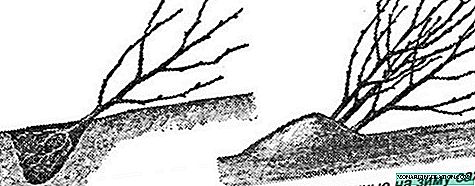
When laying a cherry seedling in a trench, its crown should be above the ground
- Cover the roots and trunk with earth, and cover the crown well from freezing and rodents.
Thus, the seedling will be well preserved until planting.
Landing pit preparation
Lyubskaya Cherry loves light, well-drained soils. It grows better on small (8-10 °) slopes, preferably western or northwest. She feels better on the northern slopes than on the southern. The place should be well ventilated, without flooding. You can not plant in lowlands, ravines. In group plantings, the distance between rows is 3 m, between trees in a row - 2.5-3 m.
A landing site is best prepared in the fall. To do this, you need:
- Dig holes with a depth of 40-60 cm and a width (diameter) of 60-70 cm.
- Pour the upper fertile layer into the pit, adding 10 kg of humus, a liter of ash, 150-200 g of superphosphate to it and mixing.

Humus - an organic fertilizer that enriches the soil with all the necessary elements
Planting cherries in steps
The landing process consists of several steps:
- A mound is formed in the pit.
- A seedling is placed on it, the roots are straightened and covered with the remains of the earth. The root neck should remain at a distance of 5 cm above the ground.
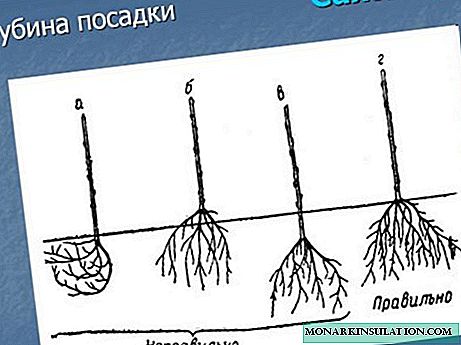
When planting a cherry seedling, straighten the roots, the root neck should be 3-5 cm above the ground
- A peg is driven in next to which the plant is tied.
- The earth is well rammed, poured with three buckets of water.
- The trunk circle is mulched with humus 3-4 cm thick.
- All branches are shortened by one third, including the central conductor (trunk).

The procedure for planting cherry seedlings is the same as for other stone fruits
Cherry care
Caring for Lyubka (as Lyubskaya is popularly called) does not cause much trouble, which explains its great popularity. In the first year after planting, there is no need to fertilize: there is enough nutrition introduced during planting. It remains only to water 3-4 times a season.
Watering
Watering dates:
- before flowering;
- during the formation of ovaries;
- immediately after harvesting;
- at the end of autumn in order to "recharge" with moisture for the winter.
The irrigation rate is 20-30 liters per square meter of the trunk circle. After watering, you need to well loosen the ground and mulch the planting.
It should not be watered during the ripening period of the berries, as they may burst.
Top dressing
Top dressing will be required starting from the second year. In spring, in the beginning of April organic matter is introduced (10 kg of humus or 1 liter of chicken droppings dissolved in 10 liters of water). If there is no organic matter, you can add 30 g of ammonium nitrate, after dissolving it in 10 l of water. Foliar top dressing with a 0.2% urea solution is effective.

If the fertilized soil is acidic, lime flour should be added to ammonium nitrate in a ratio of 1: 1
For the second time this season, cherries need to be fed after the harvest. At this time, nitrogen fertilizers do not contribute. It is better to fertilize with an infusion of ash (1 liter per 10 liters of water) or a solution of 2 tablespoons of potassium chloride and 3 tablespoons of superphosphate in 10 liters of water. Due to the fact that superphosphate is difficult to dissolve in cold water, it is better to pre-mix it with a small amount of hot water and only then add it to the general solution.
Crown formation and trimming
The crown should be formed in such a way that the tree develops in width (this greatly facilitates harvesting), and the stem at a height of 35-45 cm. Skeleton branches should be left in the amount of 7-10 pieces at a distance of 10-15 cm, branches longer than half a meter - cut to the side branch.
Pruning is done annually in the spring - before the start of sap flow - or in October. First of all, dry and diseased branches are cut. Then the crown is thinned out, removing branches growing inward. And also by one third cut bare shoots. It is impossible to cut annual growths, since ovaries form on them.
Pests: how to fight
It should be noted that there are few diseases and pests in this variety. Consider measures of control and prevention.
Cherry Elephant (Weevil)
This beetle is golden raspberry colored 5-10 mm in size. Winters in the upper soil layer, with the onset of heat rises to the surface. It feeds on buds, young leaves, buds, flowers, ovaries. If you do not fight it, it can destroy the entire crop.

Cherry weevil can destroy the entire cherry crop
An effective preventive measure is a late autumn digging of tree trunks to a depth of 10-15 cm and (or) an early spring digging. It is also good to apply calcareous whitewash of boles with preliminary removal of the old, dried bark.
In the early spring, when the air temperature in the morning still does not exceed 5-10 ° C, you can simply shake the beetles onto a spread fabric or film. In extreme cases, you can use pesticides (for example, metaphos), strictly following the manufacturer's instructions.
Cherry Saw Cutter
This less dangerous pest is massively distributed in the non-chernozem zone.
Larvae hibernate under a thin (2-3 cm) layer of land, pupate in June. A small black insect (5-6 mm) with four transparent wings flies out of a pupated cocoon in July. The female lays eggs on the underside of the leaf, of which larvae appear after 1-2 weeks. They eat up the juicy pulp of the leaves, leaving the streaks intact. Leaves turn yellow, dry and crumble. With a significant lesion, the tree can greatly weaken.

The larva of the cherry sawfly gnaws the delicate pulp of the leaf, leaving veins
In September, the larvae leave for the winter.
Digging and loosening the topsoil, as in the case of cherry weevil, significantly reduce the number of pests.
During the period of mass emergence of larvae, plants are treated with one of the following means:
- infusion of tobacco or shag;
- infusion of wormwood;
- 0.7% solution of soda ash;
- 10-30% solution of malathion.
Lyubskaya Cherry Diseases
Lyubskaya cherries can be affected by moniliosis and coccomycosis. In advanced cases, this leads to the death of leaves, flowers, wood.

Cherry moniliosis, or gray fruit rot, is now widespread in many temperate regions
Timely prevention is almost guaranteed to relieve diseases. This is the case when prevention is easier than cure. For preventive purposes, autumn (after harvesting) and spring (before the leaves open) are sprayed with Bordeaux liquid.
If the first signs of the disease appear, the trees are immediately treated with fungicides (a means to combat fungal diseases). Now many effective biological preparations of systemic action are being produced.
Systemic action means that the drug, getting on the surface of the plant, is transferred to other parts from the inside.
After 2-4 hours, the rain will not be able to wash off the drug, it will act for 2-3 weeks. Such drugs are harmless to humans, some may be treated 5-7 days before harvest (Quadris, Horus, etc.).
Leaves and branches affected by the fungus must be removed from the site or burned.
What do we do with the crop
Lyubka berries are used mainly for processing. Since the bone is easily separated, and the intact pulp holds its shape and does not leak out of juice, this cherry is well obtained:
- jam;
- cherry in its own juice;
- candied fruit;
- jams, jam;
- compotes, juice;
- blanks for dumplings, pies, pies.
Great culinary and cherry wine are very popular. In the southern regions, where there is a lot of sun, the berries grow sweeter and can be consumed fresh.
Review of cherry Lyubskaya
The summer before last, I bought a cherry seedling with a closed root, Lyubskaya variety. Planted, in the spring I did not like his place of residence, I crossed it with a lump of land to a new place. My cherry blossomed like crazy, the foliage was not visible, the harvest also pleased. This year the same picture. A tree a little more than a meter tall, but the harvest, it seems, will please this year. :) A bit upset last year the size of berries, let's see what happens in this.
Lenka//www.sadiba.com.ua/forum/showthread.php?t=1752
Summing up, it can be noted that the Lyubskaya cherry variety has significantly more advantages than disadvantages. Planting and growing is available even to beginners and busy people. By planting several such trees on your site, after a few years you can provide your family with tasty and healthy harvests for the winter without much labor.





